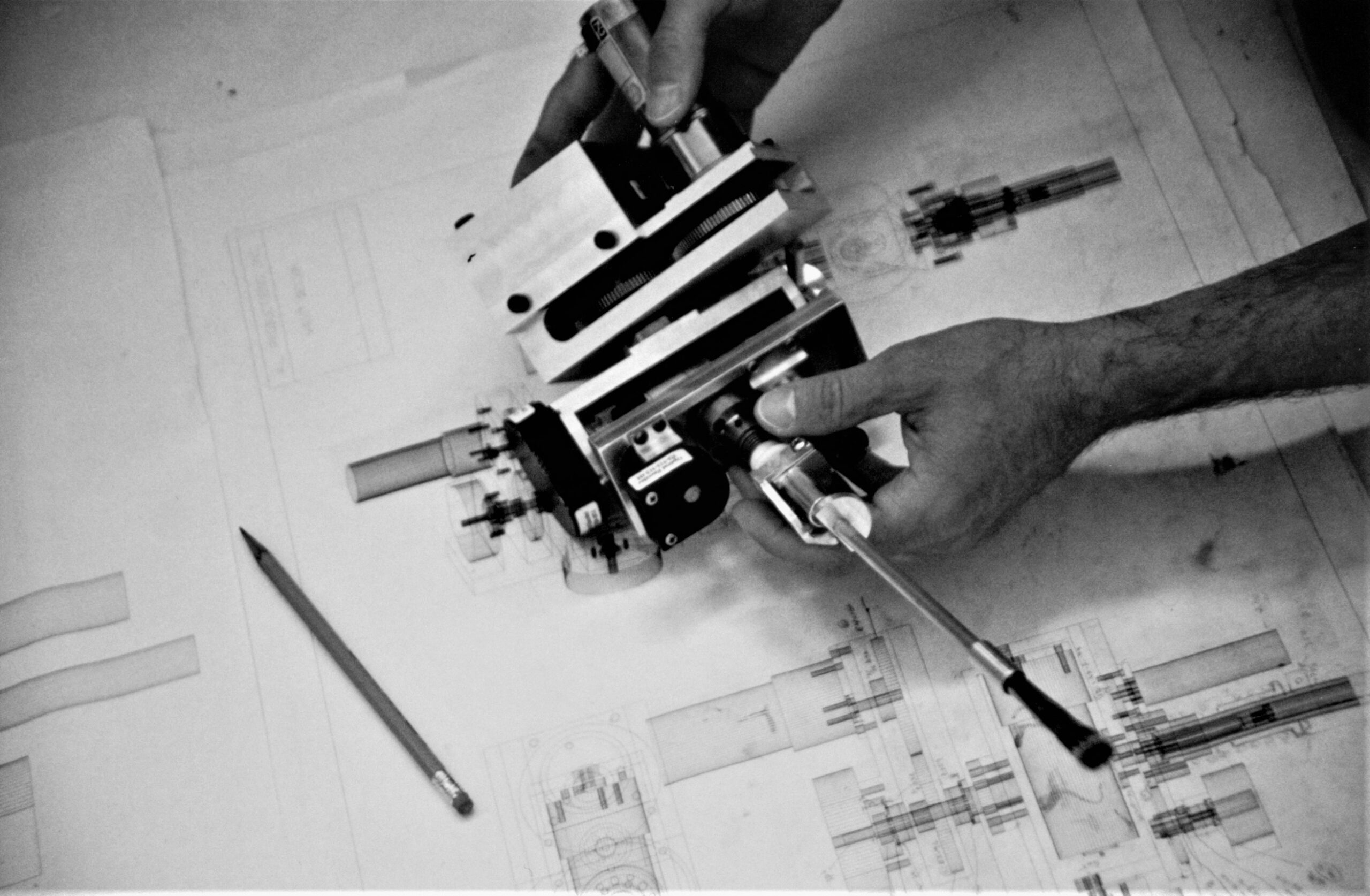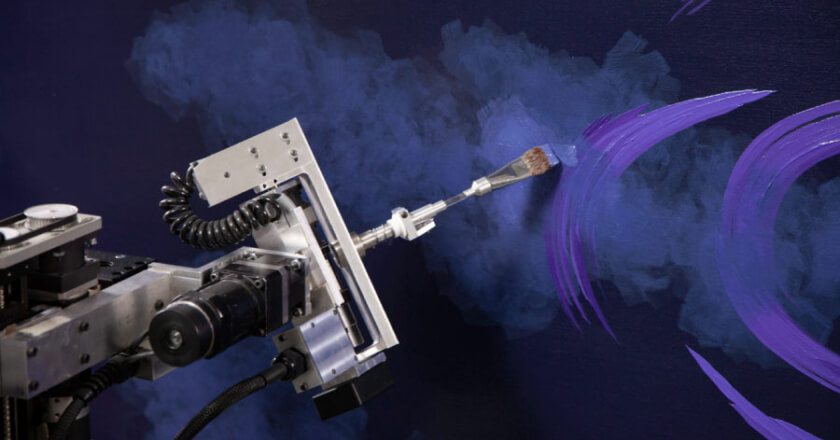Get Inspired
Build the life you love. Learn more about fusioneering:

Posted on March 20, 2023 in AI Technology
Since the dawn of humanity, we’ve obsessed over ideas of consciousness, intelligence, and the spirit. If we could create an artificial entity that thinks and feels, what would the ramifications be? What would change about our own perceived place in the universe?
As AI technology evolves more and more every day – from personal assistants to autonomous painting robots – it’s important to look at the ways artists have conceptualized and explored artificial intelligence in fiction.
While this list isn’t exhaustive (apologies to the T-800, Agent Smith, and WALL-E, among others), here are five of the most influential AI characters in fiction.
Related: Explore the History of AI Development
Quite possibly the most recognizable robots from all of fiction; even if you’ve never seen the films, you know their names. Due to the immense, multi-generational impact of the Star Wars franchise, R2 and 3PO have gained towering status and cultural cachet throughout the world. They’re the only characters to appear in 10 of the 11 theatrically released Star Wars films, and R2-D2 was surveyed as the most popular movie robot in the United States.
Despite their comic relief capacity, the droids of the original Star Wars trilogy helped open the eyes of a generation to the possibilities of virtual assistants and benevolent helper robots. R2’s function as a navigational assistant has even led the pilots of the famed SR-71 Blackbird stealth plane to refer to their flight navigation systems as “R2-D2.”
The “Maschinenmensch” (machine-human) from Fritz Lang’s 1927 silent film epic, Metropolis, may not ring a bell, but she holds the honor of being the first robot ever depicted on film. Throughout Metropolis, the Maschinenmensch acts as an antagonist, but also as an early cinematic examination of a now classic sci-fi question: can a machine that thinks have a soul?
Her appearance is iconic, and her design would go on to influence countless robots to follow – including C-3PO. Her influence has extended across the art and fashion worlds, with her striking look serving as inspiration to a myriad of artists and designers for almost a century now.
Cortana, the artificially intelligent military construct from the Halo video game franchise, is the only entry on this list to have been turned into a real-life AI (albeit with a significantly diminished capacity compared to the fictional version). In the Halo franchise, Cortana uses her immense processing power to act as a strategic advisor to a spacefaring human society at war with a dangerous alien covenant. Cortana also directly assists the series’ protagonist, displaying her sense of humor and personality as well as her computing ability.
Cortana’s function and popularity led Microsoft, the producer of the Halo games, to name their phone OS and virtual assistant project after her. The name was supposed to be a development placeholder, but after overwhelmingly positive fan response, the name stuck – and Microsoft even shifted aspects of the virtual assistant’s “personality” to better align with the fictional model. The voice actor for Cortana in the games, Jen Taylor, also voices the virtual assistant, which is available on Windows 10, Xbox One, iOS, and Android.
Roy Batty, the sympathetic villain from Ridley Scott’s 1982 film, Blade Runner, is one of the most emotionally complex androids to appear on the silver screen. Batty is a “replicant,” a synthetic, human-looking lifeform with falsely implanted memories built to serve as a worker class.
Batty’s character, and Blade Runner as a whole, elevated the age-old questions of artificial constructs having a soul by asking if a created consciousness is any different from a born consciousness, and setting these ideas within the context of a consumer-centric culture. Actor Rutger Hauer masterfully played Batty’s existential crisis, and his climactic speech about all of his experiences and memories being “lost in time, like tears in the rain” stands as one of the most celebrated and moving death soliloquies in all of cinema.
HAL 9000 stands as one of the most infamous, influential, and legendary computer systems to ever appear in fiction. HAL is the AI system that runs all mechanical functions on the spaceship Discovery One, and when HAL discovers that the ship’s crew is planning to deactivate him, he retaliates to protect his programming directives as well as his existence. Hal created the archetypal image of the supercomputer gone rogue.
Space Odyssey draws parallels between the discovery of fire and the invention of AI, exploring how mankind’s reach potentially exceeds its grasp. Hal’s inclusion in the story allowed visionary writer Arthur C. Clarke to show the late 1960s the power of a future where AI and networked computers assist humanity with every task… but Clarke also painted the pitfalls of heavy reliance on machines. Is artificial intelligence a step toward our salvation, or our undoing?
What are your thoughts?
Does man’s reach exceed his grasp, or is a better future for all of us waiting to be unlocked with further computer developments? Connect with the Kirby Foundation on Instagram and Facebook to tell us what you think about artificial intelligence – real or fictional – and don’t forget to join our mailing list for all things at the intersection of art & science!
Interested in the creation of a real AI robot? Watch Paul Kirby bring AI painting robot Dulcinea to life.
Are you interested in hearing the complete story of Paul and Dulcinea? Watch the video (nominated for Best Short Film at the 2021 Vail and Portland Film Festivals) for more info.
Want to be the first to know about every exciting new project at the Kirby Foundation?
Join Our Mailing ListBuild the life you love. Learn more about fusioneering:
Why pick which passion you should follow? Fusioneering allows you to cultivate many interests into something innovative and revolutionary.

Meet Paul and explore how blending your interests can empower you to follow your enthusiasm and bring your passions to life.